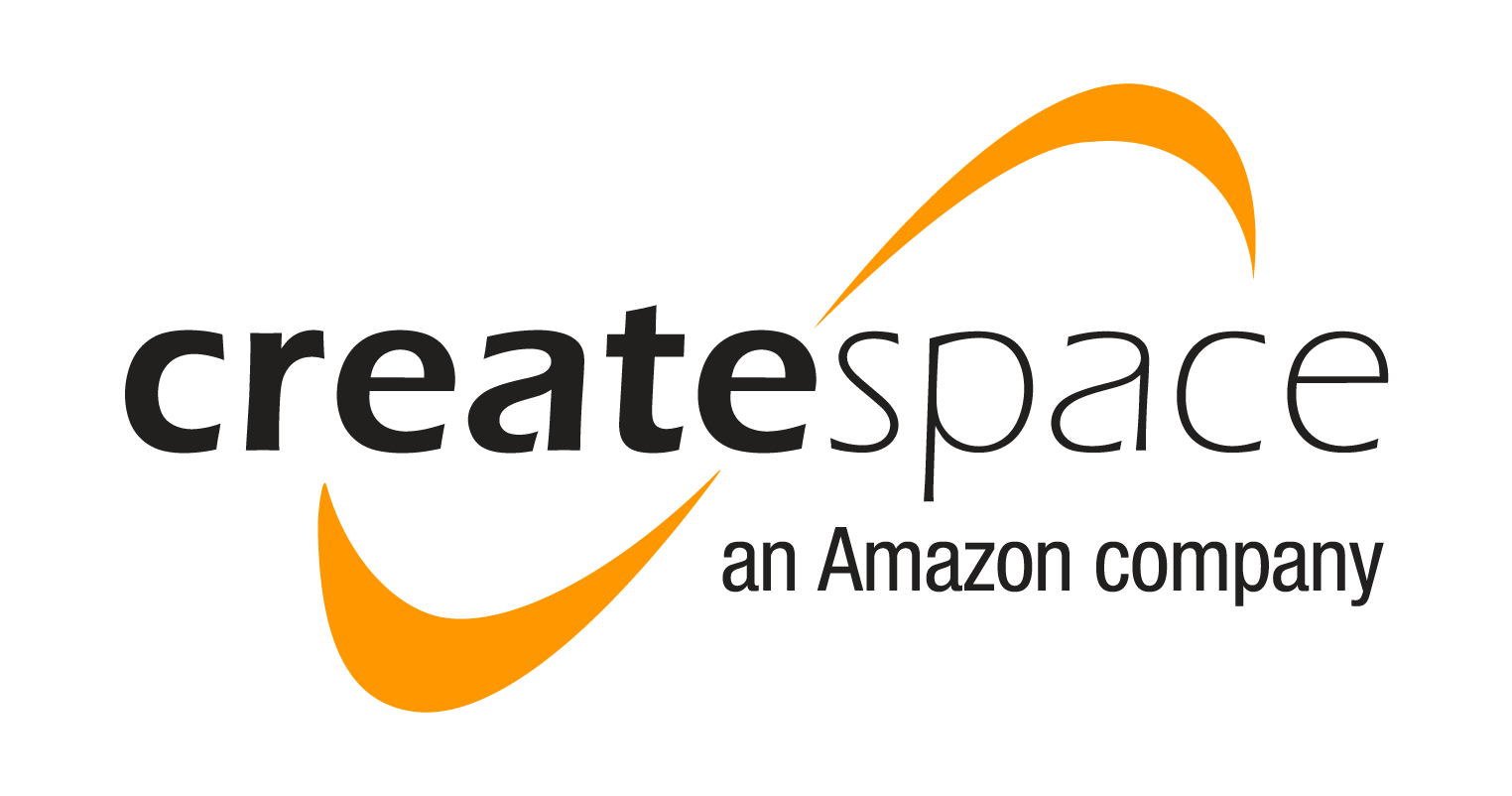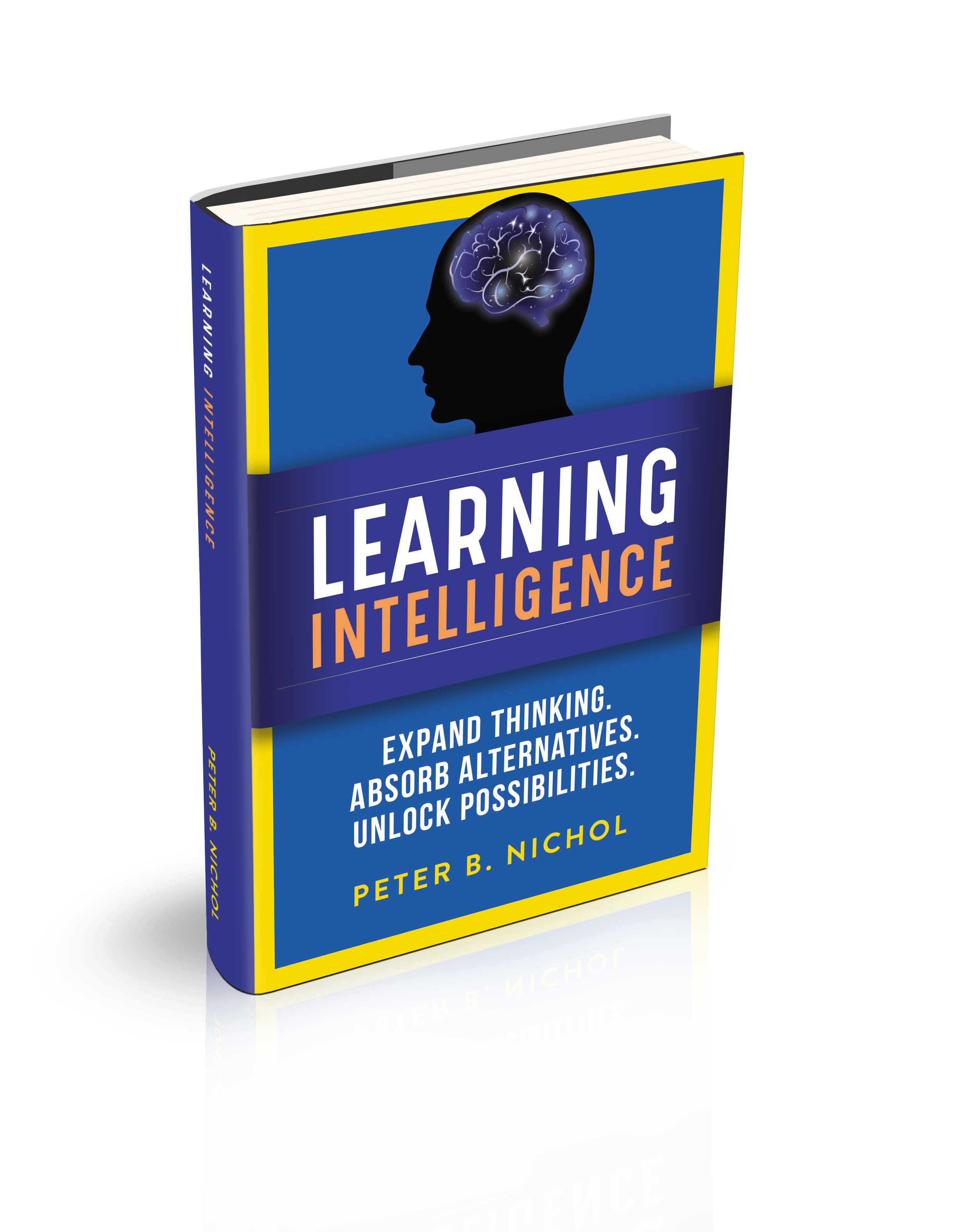The role of the business relationship manager can be summarized in one word: change. Begin by defining the BRM role.
The BRM role is evolving; we don’t know the end state. The need to stimulate, surface, and shape demand has never been stronger. Blockchain is starting to walk. AI is getting smarter. And consumer tech is almost friendly. The transformational nature of change is the realization of strategies, plans, and budgets. How we define the role of the change agent directly correlates to the pace of adoption. In this case, the change agent is the business relationship manager.
Footprints of tomorrow’s future
The Business Relationship Management Professional (BRMP), offered by the Business Relationship Management Institute (BRM Institute), is the foundational certification for business relationship managers. The Business Relationship Management Institute was founded in 2013 and, in 2014, published the first edition of the BRMP Guide to the BRM Body of Knowledge, aka the BRMBOK. The first BRMP training for certification was also held in 2014.
For many of us, we recall a similar journey of the Project Management Professional (PMP), offered by the Project Management Institute (PMI), as the gold standard for project managers. PMI published the first edition of the Project Management Body of Knowledge (PMBOK) Guide in 1996. (Yes, we know the first PMP was awarded in 1984.) If your organization was an innovative leader and had PMPs minted just five years after the first formal PMBOK was published, they’d have earned their certification in 2001. In parallel, if the BRMs in your organization were equally innovative, they’ll be BRMP-certified by 2019. Consider your past hiring experience. How many PMPs you have met that were certified in 2001 or earlier? It’s a rare find. Likewise, BRMP is following a similar trajectory. Change agents see the correlation and are educating themselves and their teams.
Defining the role
Everyone wants to be ‘that’ change agent. The BRM leading discussions is closely aligned with providers and business partners and drives these strategic discussions. To achieve success, the BRM must have accountability. Success originates in the organization’s formal BRM roles and responsibilities.
The BRM Institutes defines the BRM role as one that “stimulates, surfaces and shapes business demand for a provider’s products and services and ensures that the potential business value from those products and services is captured, optimized and communicated.” The role is further elaborated into three types of BRMs: connectors (influencing), orchestrators (coordinating), and navigators (facilitating).
You’re likely thinking, “Isn’t this akin to an IT liaison?” Not exactly. This role is much more strategic, and BRMs are empowered by leadership to provide recommendations.
Two areas broadly shape BRM roles: the “House of the BRM” and BRM Competencies.
The house of the BRM has four pillars to support the execution of the role:
- Demand shaping: stimulates, surfaces, and shapes business demand
- Exploring: identifies and rationalizes demand
- Servicing: proactively identifies services and service levels to manage business-partner expectations
- Value harvesting: influencing for full value realization
BRM competencies define the skills, traits, and behavior of successful individuals in the role:
- Strategic partnering: building credibility and partnerships
- Business IQ: growing knowledge and understanding of the business partner
- Portfolio management: value realization from products, services, interactions, assets, and capabilities
- Provider domain: optimization of service management
- Powerful communications: conveying intention for mutual understanding of risk and reward
- Business transition management: managing process improvements and enabling new business capabilities
20 responsibilities for BRMs
Whether we’re talking about project management, architecture, or human resources, how a role is defined varies widely by organization. The following are twenty responsibilities we’ve found to be critical to BRM success:
- Ensure that solutions and services deliver expected business value.
- Partner in provider leadership.
- Identify and translate business partner needs into strategic roadmaps and executable portfolios of activities.
- Define business needs and priorities to inform the strategy for delivering systems capabilities within the business-partner organization.
- Translate business needs into effective and improved processes and/or technical solutions or services by coordinating resources from the associated IT Department.
- Stimulate, surface, and shape IT demand from business-partner stakeholders, and identify, prioritize, and rationalize demand for business-partner alignment.
- Understand the processes, plans, objectives, drivers, and issues related to the business area together with appropriate external policies and regulations.
- Contribute the systems aspects of business strategy development, bringing business opportunities through technology and business knowledge.
- Keep abreast of technology trends and applicability to business partners.
- Participate in industry peer groups to understand industry trends.
- Develop strategic roadmaps for information technology systems that align to business-capability enablement or improvement.
- Expand adoption of existing technology, where appropriate, to leverage enterprise solutions that meet or exceed business-partner demands.
- Develop and socialize realistic IT roadmaps for business partners.
- Elaborate business cases and define the realization of business-partner value.
- Co-own the business processes in collaboration with business partners, and mature the business process models using industry standards to identify changes: political, economic, social, technological, legal, and environmental.
- Play the role of the business-area function representative and subject-matter advisor when required.
- Lead and secure adoption of continuous improvement efforts, e.g., Six Sigma, Lean, Kaizen) to transform business partners’ capabilities for fitness-for-purpose and fitness-for-use.
- Confirm Service Level Agreements (SLAs) with the business function and ensure that agreed services are being delivered to requirements; analyze and monitor the SLA impact of service changes.
- Manage business-partner compliments and complaints to enable continuous improvement.
- Proactively advise on technology options and innovation for the business area function.
Why shared ownership matters
Achieving business transformation depends on culture. BRMs shift organizational mindsets from “doing the job” to “achieving the results.” The team dynamics and interactions are the same—the results aren’t. Doing the job means achieving the result.
Organizational alignment demands job clarity, which requires shred ownership to execute effectively. BRM success is linked to organizational BRM role definition. Remove the guesswork for your employees and properly define the BRM role to integrate seamlessly into your company’s culture.
Make change easy to understand. BRMs are the primary business-partner change agent. And the change beings with you.
ARE YOU DEVELOPING YOUR LQ?
You’ve read about building your intelligence (ability to know) and your emotional intelligence (ability to feel) but what about your learning intelligence (ability to learn)?
Now Available!
Peter B. Nichol, empowers organizations to think different for different results. You can follow Peter on Twitter or his personal blog Leaders Need Pancakes or CIO.com. Peter can be reached at pnichol [dot] spamarrest.com.
Peter is the author of Learning Intelligence: Expand Thinking. Absorb Alternative. Unlock Possibilities (2017), which Marshall Goldsmith, author of the New York Times No. 1 bestseller Triggers, calls “a must-read for any leader wanting to compete in the innovation-powered landscape of today.”
Peter also authored The Power of Blockchain for Healthcare: How Blockchain Will Ignite The Future of Healthcare (2017), the first book to explore the vast opportunities for blockchain to transform the patient experience.


